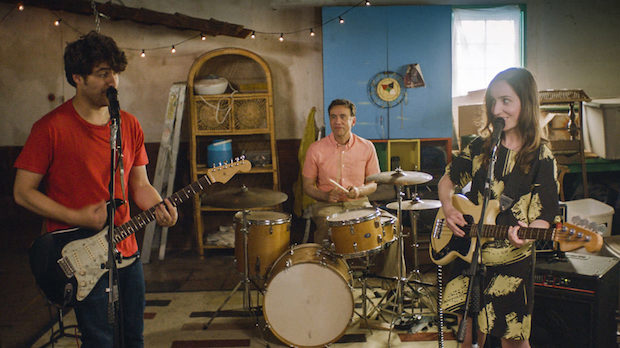 Back to selection
Back to selection
“Communication Is Where a Film Lives and Dies”: Director Zoe Lister-Jones | Band Aid
 Band Aid
Band Aid During its development, production or eventual distribution, what specific challenge of communication did, or will your film, face? How did you deal with it, or how are you planning to deal with it?
Communication is where a film lives and dies. It is essential for efficacy, for performance, and ultimately for translating a director’s vision to the screen.
To me communication is less about the art of talking than it is about the art of listening. I hired an all-female crew on Band Aid, which was deliberate on many fronts, one of which was rooted in this very issue. At the risk of oversimplifying, women, by and large, are excellent communicators. Which is to say, they excel at the art of listening.
On our first day of production, I gave a brief state of the union (which was inevitably followed by a brief dance party, a must on day one…) in which I spoke about, among other things, the impact of words.
On sets it can be all too easy to fall into the trap of idle gossip. It is a way to bond with fellow crew and cast members, but, I warned, is a trap. Because it creates an energy that is palpably divisive, and ultimately contagious.
This crew, however, needed no coaxing. They created the most supportive, peaceful, and openly communicative set. Each was her own artist, with her own unique vision, but so humbly collaborative, trusting in the power of our unique sisterhood.
In these troubling times, during which we are faced with a President Elect who consistently underestimates the power of words, we must all stay vigilant in reminding one another of their importance. And we, as storytellers, must use our voices to mend what is broken.
[PREMIERE SCREENING: Tuesday, January 24 at 12:15pm — Eccles Theatre]
